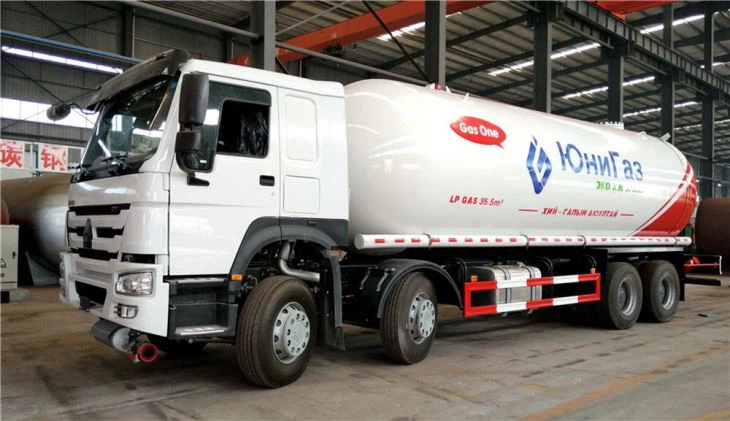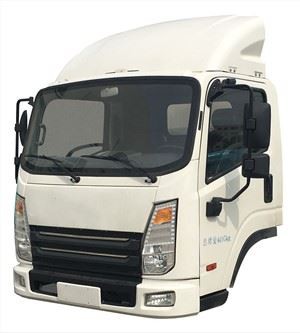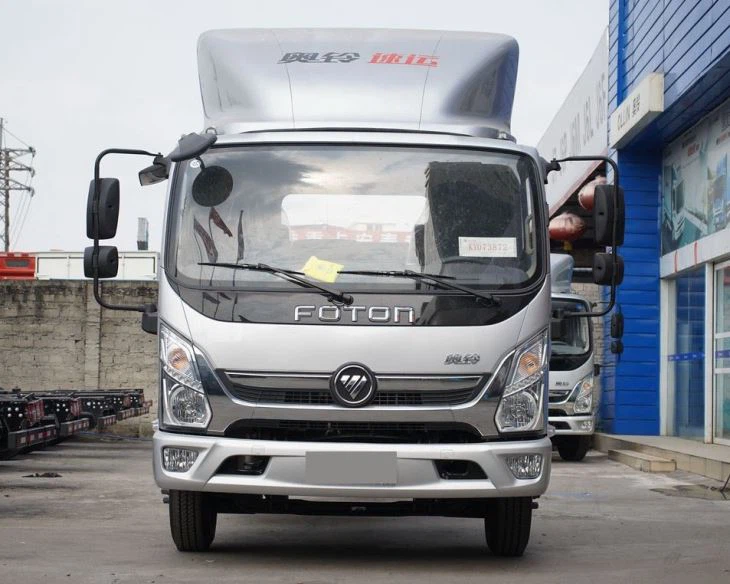Lorry Fuel Capacity: Understanding the Fundamentals and Optimal Practices

Introduction

Fuel capacity is a critical aspect of any vehicle, especially lorries that are frequently used for transporting goods over long distances. Understanding lorry fuel capacity helps operators optimize their routes, manage fuel expenses, and ensure timely deliveries. In this article, we will explore various factors that influence lorry fuel capacity, classifications of lorries based on their fuel storage, and practical tips for managing fuel efficiently. Whether you are a fleet manager or an independent hauler, understanding these concepts can enhance your operational efficiency and reduce costs.
What is Lorry Fuel Capacity?
Lorry fuel capacity refers to the total volume of fuel that a lorry’s fuel tank can hold. This measurement is crucial for determining how far a lorry can travel without needing to refuel. Fuel capacity varies significantly between different lorries and can impact a fleet’s operational efficiency, cost-effectiveness, and environmental footprint.
Key Factors Influencing Lorry Fuel Capacity
Several factors can influence a lorry’s fuel capacity, including its design, purpose, and types of services it provides.
1. Type of Lorry
Different types of lorries have different fuel capacities. For example:
- Light Duty Lorries: Generally have smaller fuel tanks, ranging from 60 to 100 liters.
- Medium Duty Lorries: Typically hold between 100 to 300 liters.
- Heavy Duty Lorries: Can have capacities exceeding 500 liters.
2. Engine Size
The engine size and technology also play a significant role in determining fuel capacity. Larger engines tend to require more fuel volume for effective performance.
3. Intended Use
Lorries designed for specific applications, such as long-haul transport, may have larger fuel tanks than those intended for short-distance deliveries.
Standard Fuel Tank Sizes for Different Types of Lorries
| Lorry Type | Fuel Tank Capacity (liters) |
|---|---|
| Light Duty Lorry | 60 – 100 |
| Medium Duty Lorry | 100 – 300 |
| Heavy Duty Lorry | 500+ |
Measuring Lorry Fuel Capacity
Measuring the lorry’s fuel capacity is important for various operational purposes. Below are practical ways of measuring fuel capacity.
1. Manufacturer Specifications
The simplest way to understand a lorry’s fuel capacity is through the manufacturer’s documentation. These specifications typically provide accurate details about the fuel tank size.
2. Physical Measurement
In cases of custom lorries or modifications, physically measuring the tank can provide insights into actual capacity. Use methods such as gauges or volume calculators based on dimensions.
Example:
If a tank measures 1.5 meters in length, 0.5 meters in width, and 0.5 meters in height, its estimated fuel capacity can be calculated as follows:
Volume = Length × Width × Height = 1.5m × 0.5m × 0.5m = 0.375 cubic meters ≈ 375 liters.
Factors Affecting Fuel Efficiency
Understanding fuel efficiency is crucial for optimal fuel consumption and cost management. Below are the main factors that affect the fuel efficiency of lorries.
1. Weight of the Load
Heavier loads require more fuel. Regular monitoring of load weights can prevent unnecessary fuel consumption.
2. Driving Patterns
Aggressive driving patterns, such as rapid acceleration and hard braking, can lead to increased fuel consumption. Implementing fuel-efficient driving training for drivers can improve fuel usage.
3. Maintenance Standards
Regular maintenance checks ensure that all engine components function efficiently, minimizing fuel wastage.
Best Practices for Managing Lorry Fuel Capacity
To maximize fuel efficiency and minimize costs, consider the following best practices:
1. Regular Fuel Monitoring

Keep track of fuel levels using monitoring systems or manual logs to avoid running low on fuel during transport.
2. Optimize Route Planning
Using route optimization software can help identify the shortest and least congested routes, saving fuel.
3. Implement Eco-Driving Techniques
Training drivers to adopt eco-driving habits can drastically reduce fuel consumption. Techniques include maintaining constant speeds, selecting the right gears, and avoiding unnecessary idling.
Practical Tip:
Encouraging drivers to practice coasting can help maintain momentum without additional fuel usage during long stretches of travel, especially on highways.
Understanding the Environmental Impact
Fuel capacity and usage greatly correlate with environmental concerns. High fuel consumption translates to higher emissions of greenhouse gases, impacting climate change. Strategies to minimize environmental impact include:

1. Using Biofuels
Consider switching to biofuels, which can significantly reduce carbon footprint compared to traditional diesel fuels.
2. Regular Emission Checks
Conduct regular emission checks to ensure regulatory compliance and promote healthier air quality.
Comparative Analysis of Fuel Types
Understanding various fuel types is significant in selecting the most efficient option for your lorry’s needs.
| Fuel Type | Pros | Cons |
|---|---|---|
| Diesel | Higher energy density, better fuel efficiency | Higher emissions, regulated compliance required |
| Biodiesel | Renewable, lower carbon footprint | Costlier, may require engine modifications |
| Electric | Zero emissions, lower running costs | Range limitations, longer recharging times |
Future Trends in Lorry Fuel Capacity
With the transition toward sustainability and innovation, various trends are emerging in lorry fuel technologies.
1. Hydrogen Fuel Cells
Hydrogen fuel cell technology is gaining traction as it offers longer ranges with low emissions in comparison to traditional fuels.
2. Electric Lorries
The rise of electric lorries is becoming a practical solution, albeit with infrastructure and range concerns. Continued advancements in battery technology will likely improve electric lorry performance in the near future.
3. Autonomous Vehicles
Innovation in autonomous vehicle technology encourages efficiency through optimized driving behavior, which is likely to enhance fuel management in the logistics industry.
Frequently Asked Questions (FAQ)
1. What is the average fuel capacity of a lorry?
The average fuel capacity varies between lorry types, typically ranging from 60 liters for light-duty lorries to over 500 liters for heavy-duty lorries.
2. How does load weight affect fuel consumption?
Heavier loads require more power, which translates to increased fuel consumption. Keeping loads within optimum weight limits can mitigate this impact.
3. What are eco-driving techniques?
Eco-driving techniques involve training drivers to navigate, accelerate, and brake in ways that maximize fuel efficiency, thereby reducing consumption and emissions.
4. How can I improve fuel efficiency?
Improving fuel efficiency can be achieved through routine maintenance, optimizing routes, implementing eco-driving techniques, and regularly monitoring fuel consumption.
5. Are electric lorries viable for long hauls?
While electric lorries can be successful for short hauls, continued advancements in battery technology will be key for making them more viable for long-distance transportation.
6. What should I consider when transitioning to biodiesel?
When transitioning to biodiesel, consider the costs associated with fuel, potential modifications to your lorry, and the local availability of biodiesel products.
